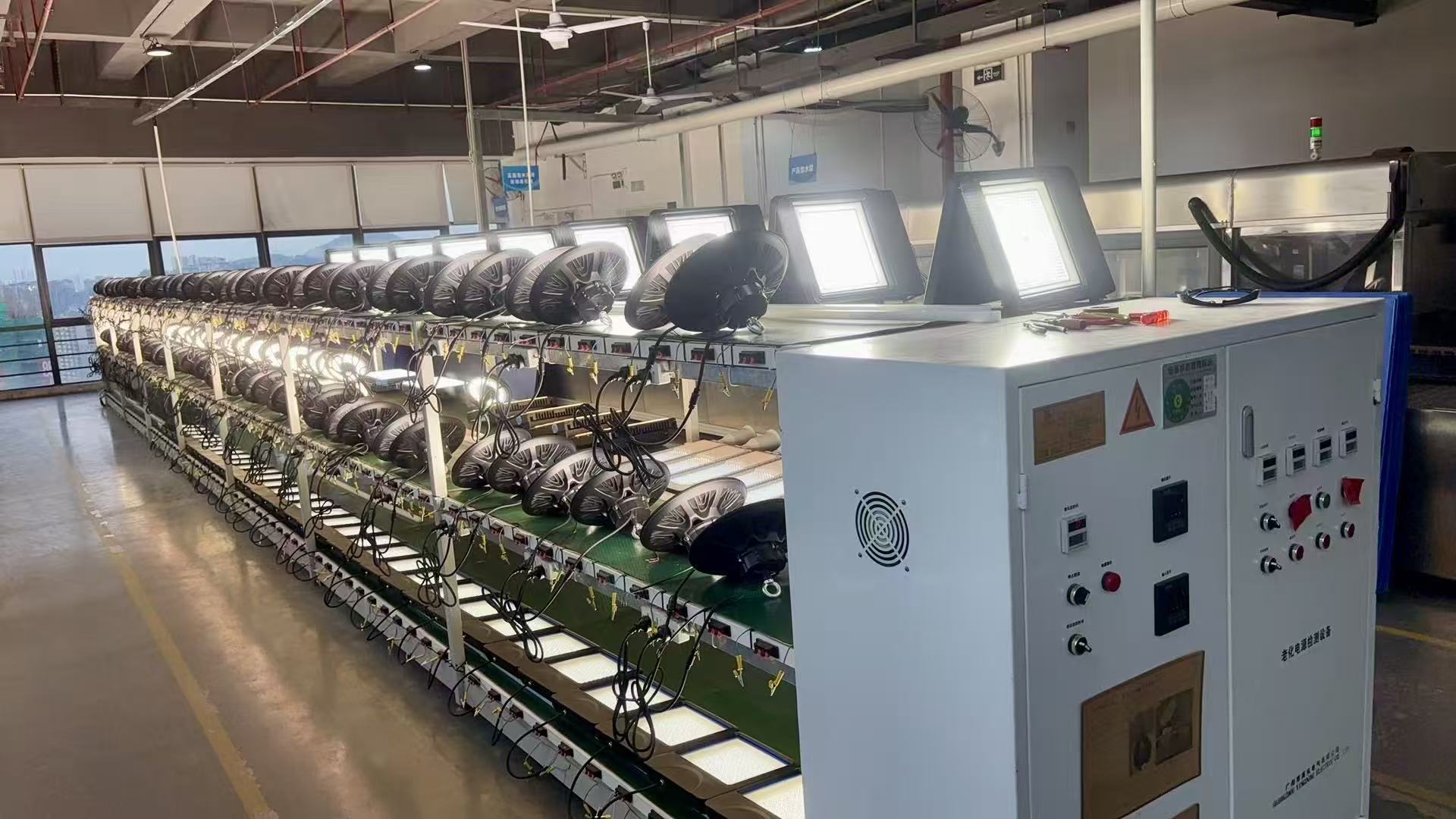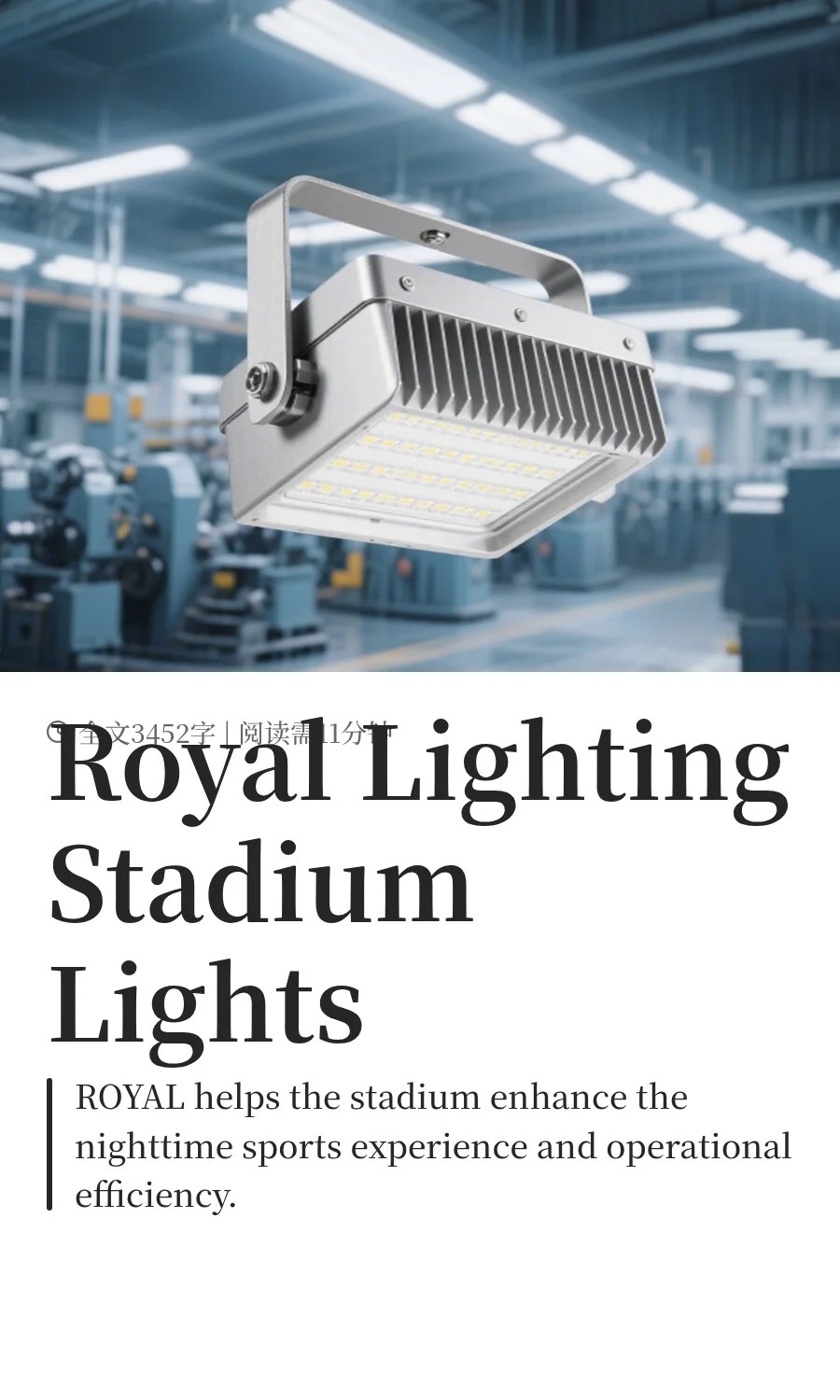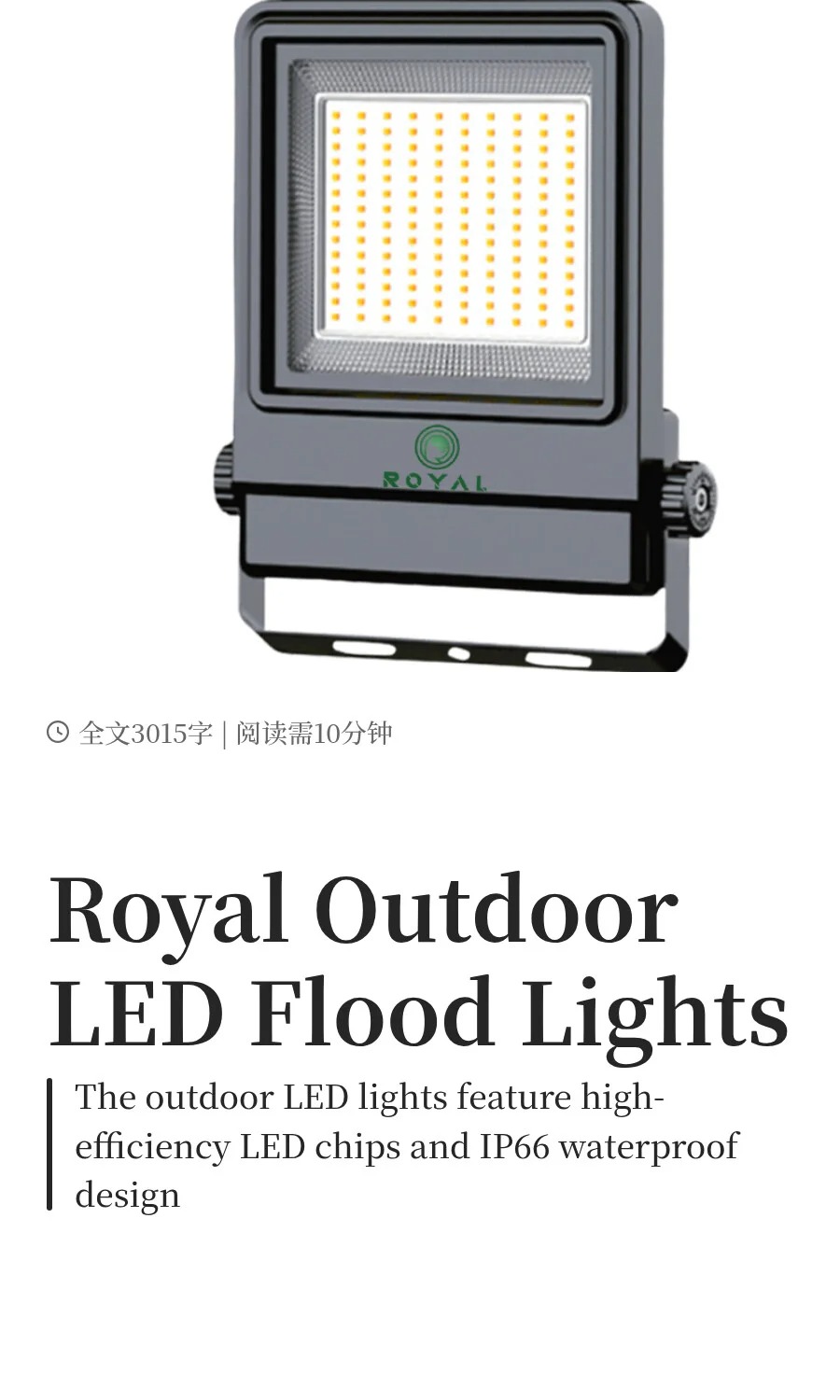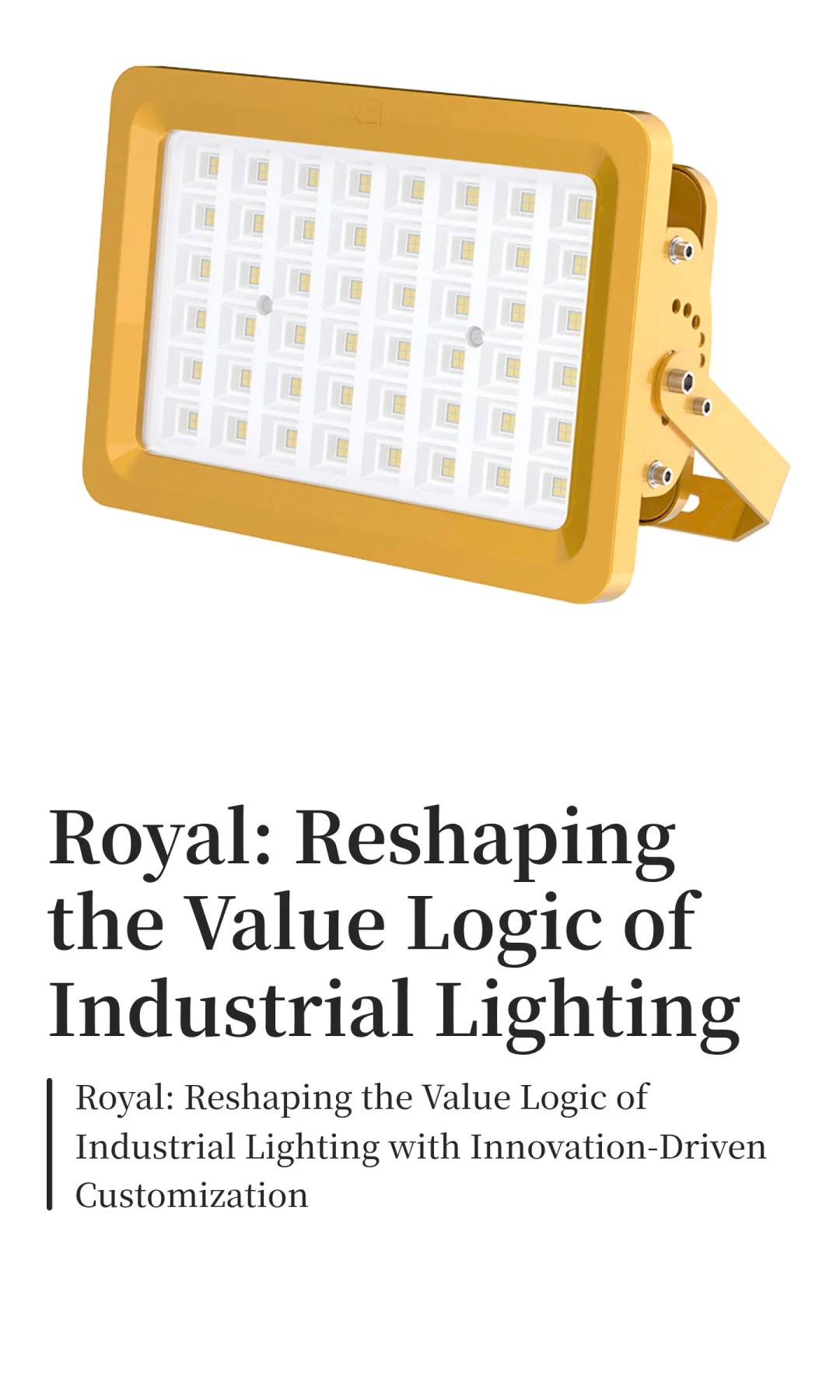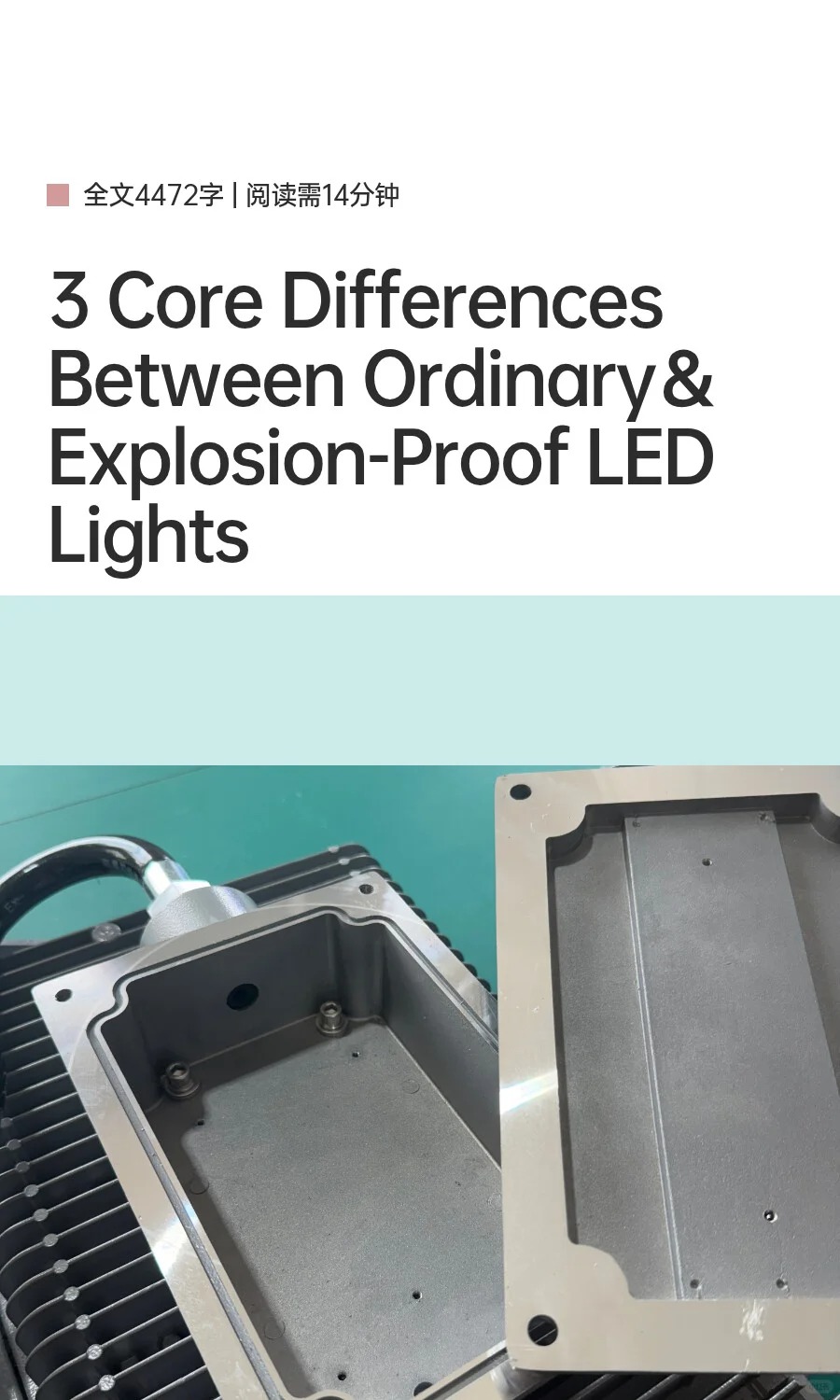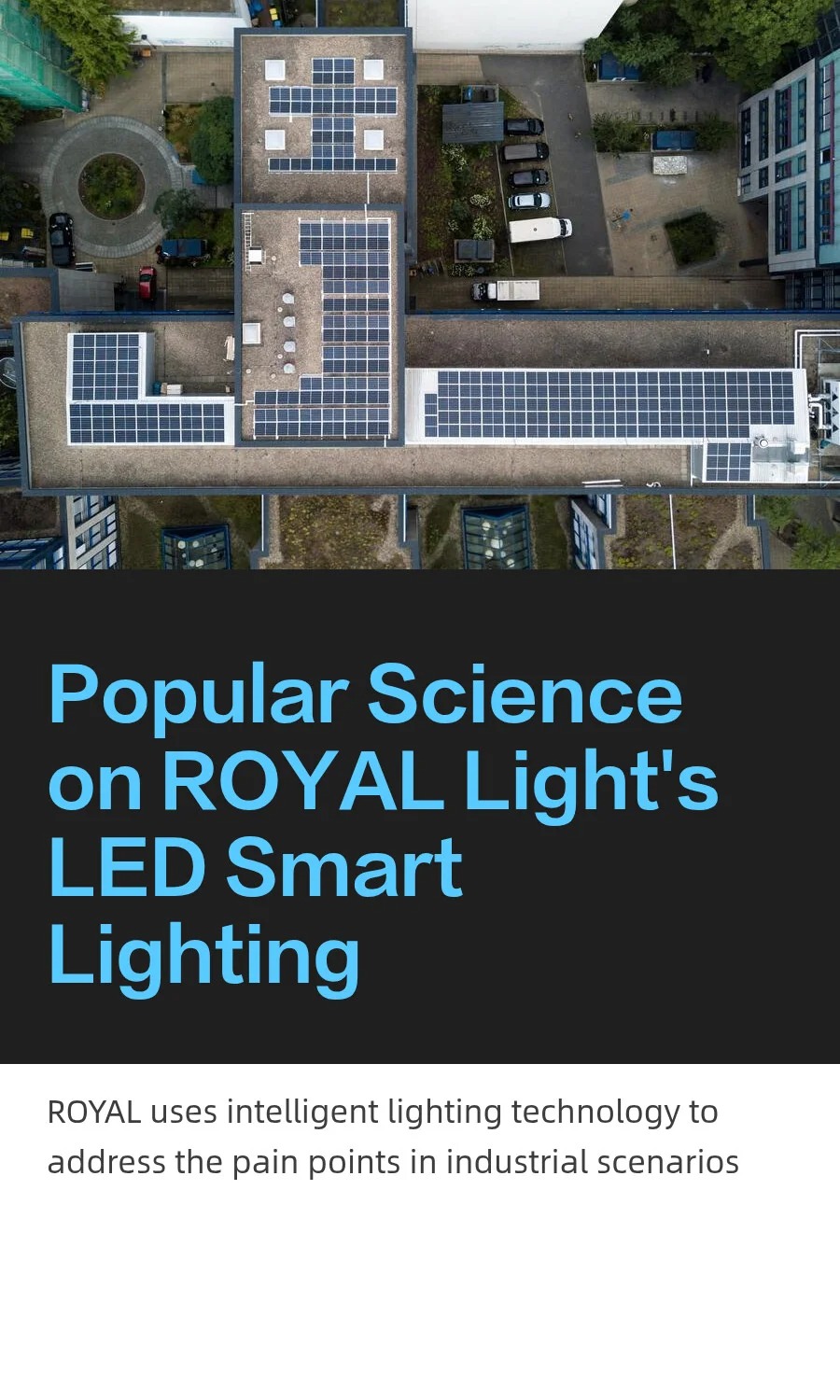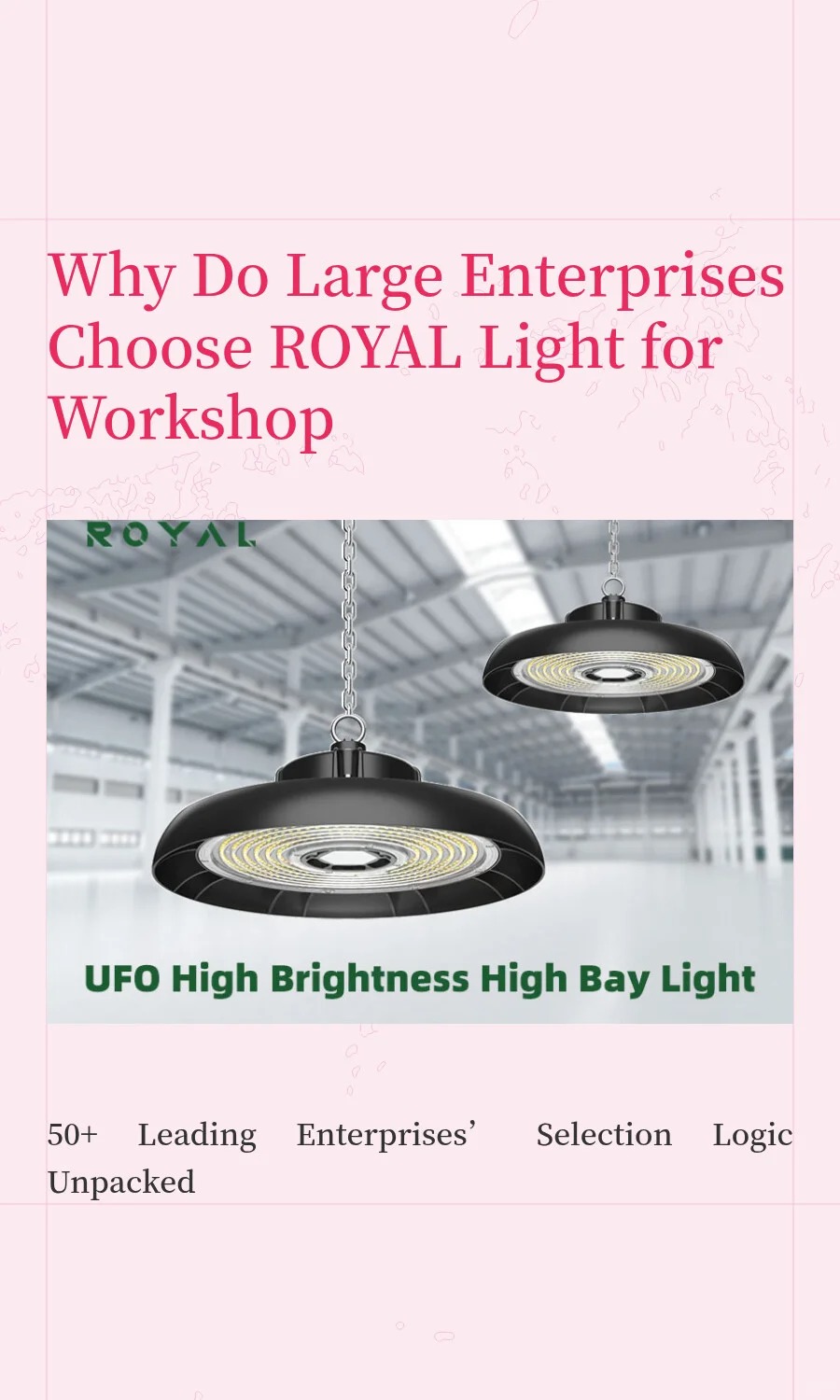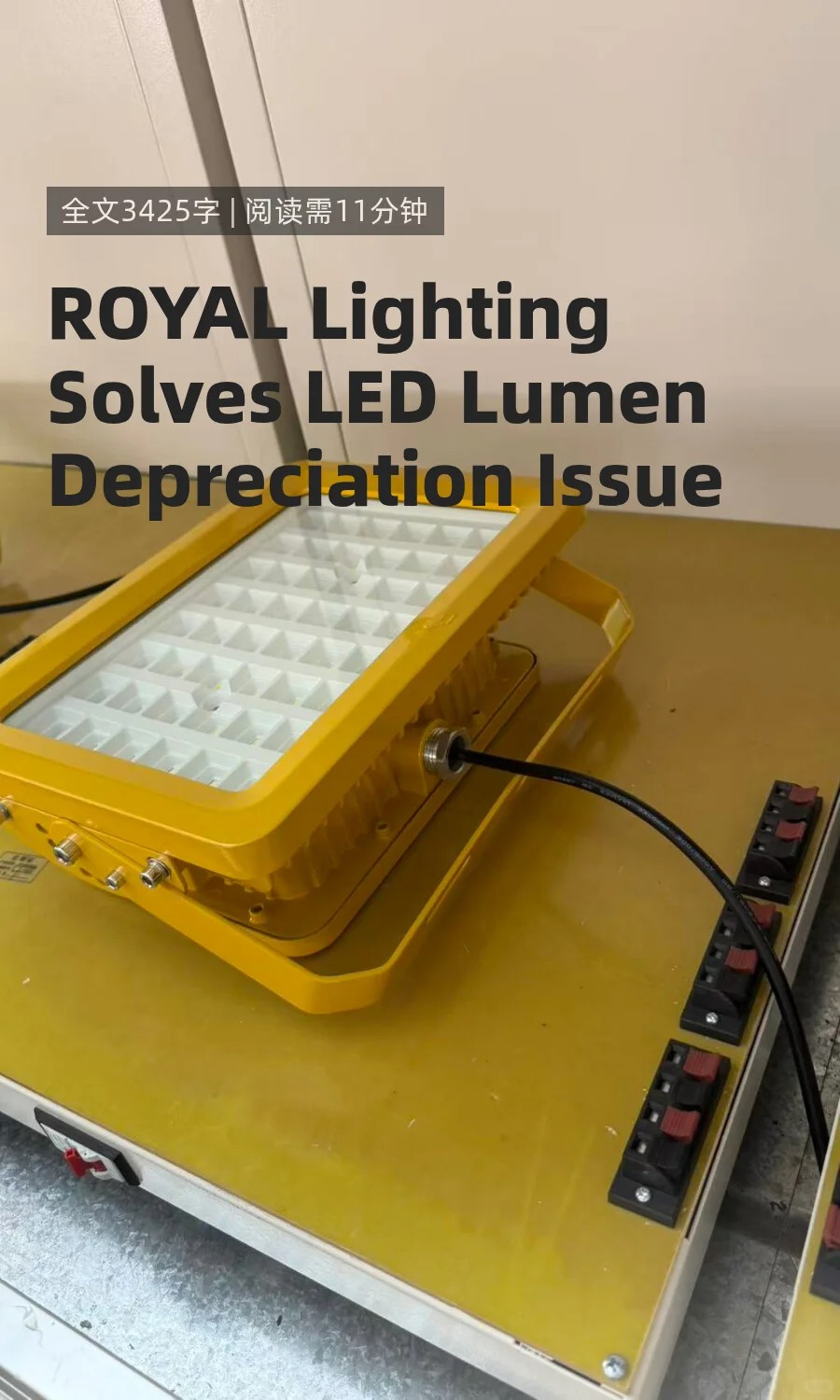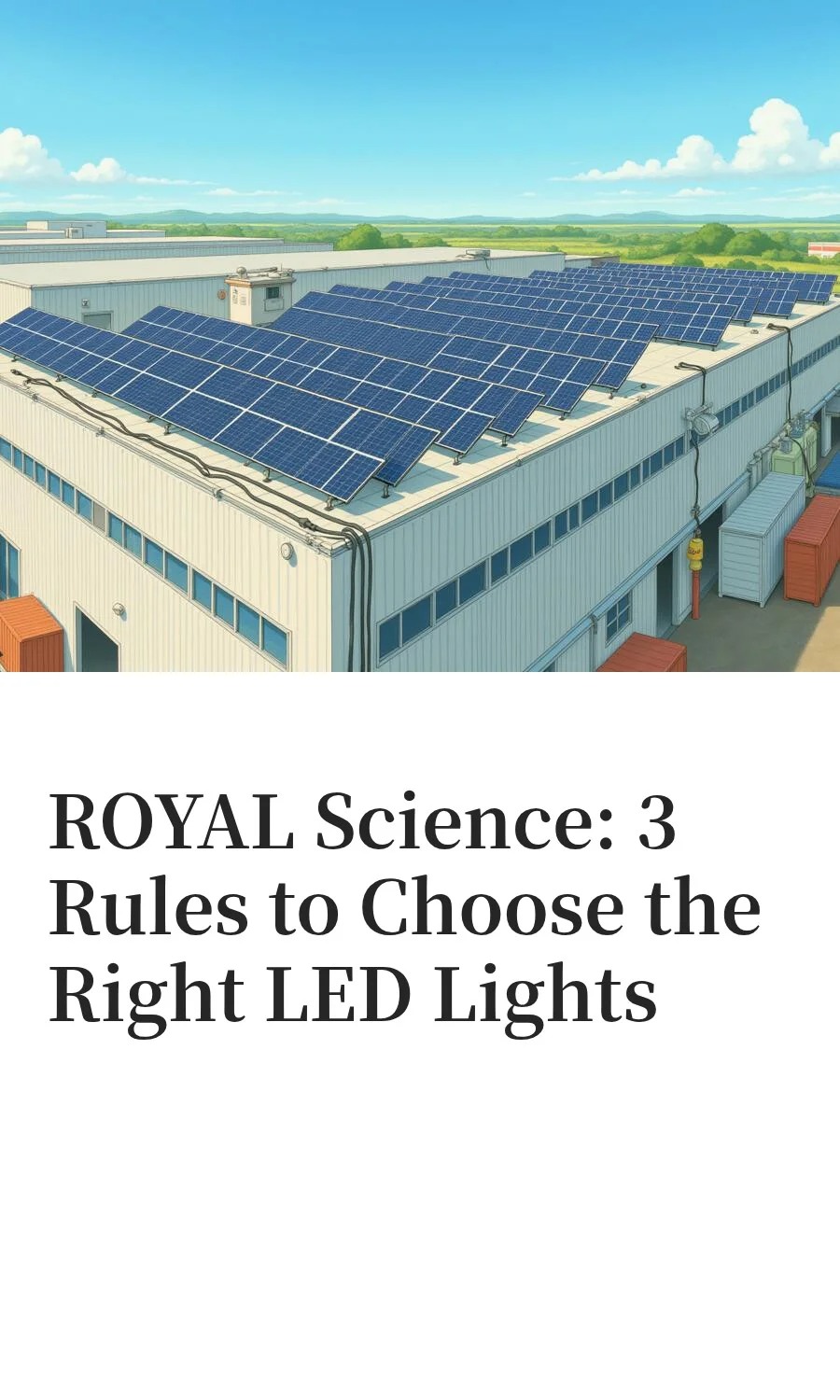Choosing stadium lights requires comprehensive consideration of factors such as lighting effects, energy saving, durability and cost. First of all, the lighting standards should be determined according to the type and purpose of the stadium. Different stadiums have different requirements for lighting. For example, football fields require higher brightness, while basketball courts or tennis courts are relatively low. In terms of illumination standards, amateur games usually require 100-300 lux, professional games require 500-750 lux, and if there is a need for TV broadcasts, it needs to be increased to 1000-2000 lux. In addition, the uniformity of light is also very important, and it is generally required to be no less than 0.7 to ensure that there is no obvious difference in light and dark in the venue.
In terms of lamp types, LED lamps are currently the most recommended choice. It has the advantages of energy saving (saving more than 50% of electricity than traditional lamps), long life (30,000-50,000 hours), good color rendering (color rendering index Ra>80) and instant start, which is very suitable for stadiums that need to be used for a long time. Metal halide lamps are the traditional choice, with high light efficiency and low cost, but have the disadvantages of slow start, short life (about 10,000 hours) and general color rendering. High-pressure sodium lamps are rarely used for stadium lighting. Although they have strong penetration, they have poor color rendering (the light is yellowish) and are more suitable for road lighting.
There are several key parameters to pay attention to when choosing lamps. The power should be determined according to the venue area and illumination requirements. For example, the power of a single LED lamp is usually between 100W and 1000W. In terms of color temperature, natural white light of 4000K-5000K is most suitable for competition, while cold white light above 6000K may appear glaring. The protection level should be at least IP65 to ensure dust and water resistance. In addition, the lamps should preferably have anti-glare design, such as adding a sunshade or using polarization technology to avoid direct light into the eyes of athletes or spectators.
The installation method and layout are equally important. The height of the light pole needs to be adjusted according to the type of stadium. For example, basketball courts or tennis courts usually require 6-8 meters of light poles, while football fields may require 12-20 meters. In terms of layout, small venues are suitable for four-corner layout, while rectangular venues (such as football fields) are more suitable for two-side layout, but the spacing and illumination angle of the lamps need to be calculated to avoid shadows and lighting dead spots.
Other considerations include energy saving and maintenance, intelligent control, certification standards and lightning protection design. Although the initial investment of LED lights is high, it can save a lot of electricity and maintenance costs in the long run. Intelligent control systems (such as timer switches or light sensing adjustments) can further improve energy efficiency and convenience. When choosing lamps, products that have passed international certifications (such as CE, RoHS) should be given priority, and outdoor lamps must also have lightning protection functions.
Finally, budget and brand are also important considerations. An economical choice can be domestic LED lamps, such as Jiangsu Rongya Lighting, which is a professional sports lighting manufacturer.
